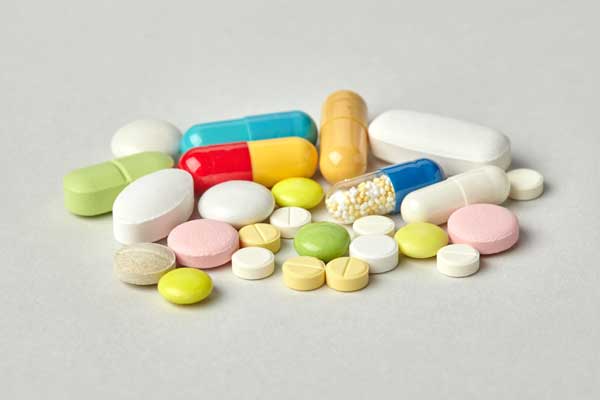Considerations in shelf life studies on Pharmaceuticals


A pharmaceutical product is manufactured with the objective of alleviating suffering through the role of the active drug ingredient. However, its effectiveness is limited over time due to natural degradation processes.
The degradation is evaluated through shelf life studies. The shelf life is defined as the time over which the drug’s potency claim remains within the limits specified by the manufacturer. Quantitatively speaking it is the time over which the potency decreases to 90 percent of its declared value at the time of manufacture.
Expiry Date
The expiry date of a drug is specified in month/year format and indicates the period over which the drug will remain stable under specified packing and storage conditions. Environmental parameters play a major role in evaluating the shelf life of a drug during its storage prior to consumption. Such parameters are temperature, humidity, microbiological contamination, exposure of photosensitive components to light , exposure to oxygen in the air, reaction between excipients and active compounds or change in pH. However, a pharmaceutical product which is packed securely in its prescribed packing is stable and its shelf life is dependent mainly on temperature and humidity.
Real-Time Stability Testing
Real-time studies involve storage of the manufactured drug under the recommended storage conditions and monitoring its assay at fixed intervals. The study is usually carried out beyond this period so that its degradation profile can be evaluated. However, such studies can extend over months to years and for this reason manufacturers resort to accelerated studies. At least three samples must be subjected to such testing simultaneously to reduce any ambiguity in the findings.
Accelerated Stability Testing
In accelerated stability testing the product is stored under elevated environment conditions of temperature and humidity so that degradation gets accelerated. Based on the data made available through such testing shelf life can be assigned but such predictions should be backed up by real time studies.
Methodology
The samples are stored in stability environmental chambers whose temperature and humidity levels are set as per the requirements of the study. The product is periodically tested at defined time intervals. Conventionally the environmental conditions are selected in conformance with the methodology adapted. ICH and WHO guidelines are accepted globally.
| Guideline | ICH | WHO |
| Accelerated | [Latex]40^0 C[/Latex]+/-[Latex]2^0C[/Latex]
75% +/- 5% RH for 6 months |
[Latex]40^0C [/Latex]+/- [Latex]2^0C[/Latex]
75% +/- 5% RH |
| Real Time | [Latex]25^0C[/Latex] +/- [Latex]2^0C[/Latex]
60% +/- 5% RH for |
[Latex]25^0C[/Latex]+/-[Latex]2^0C[/Latex] 60% +/- 5% RH 6 months – Zone(2) |
Accelerated studies are widely adopted as the products can be released to the market without waiting for longer durations required under real-time studies. Awareness of climatic zones under which such studies are conducted are important. A subsequent article will cover such classification of the climatic zones.






Do Pharma Companies randomly pick up their products from Retails stores in various cities at regular intervals till Expiry date and test the API’s % and other parameters ? If yes, it is good. If not, they should get proactive and do the suggested method rather than wait for FDA to do the same. The study helps them to understand the difference between Accelerated stability tests results before launch of the product and actual field conditions as time flies by, in various regions where product is present. Thus they can improve the manufacturing process depending on the deviations found , including formulating specific region wise to increase efficacy and shelf life.
Very good suggestion indeed. It will benefit both the companies as well as the consumers of such products.